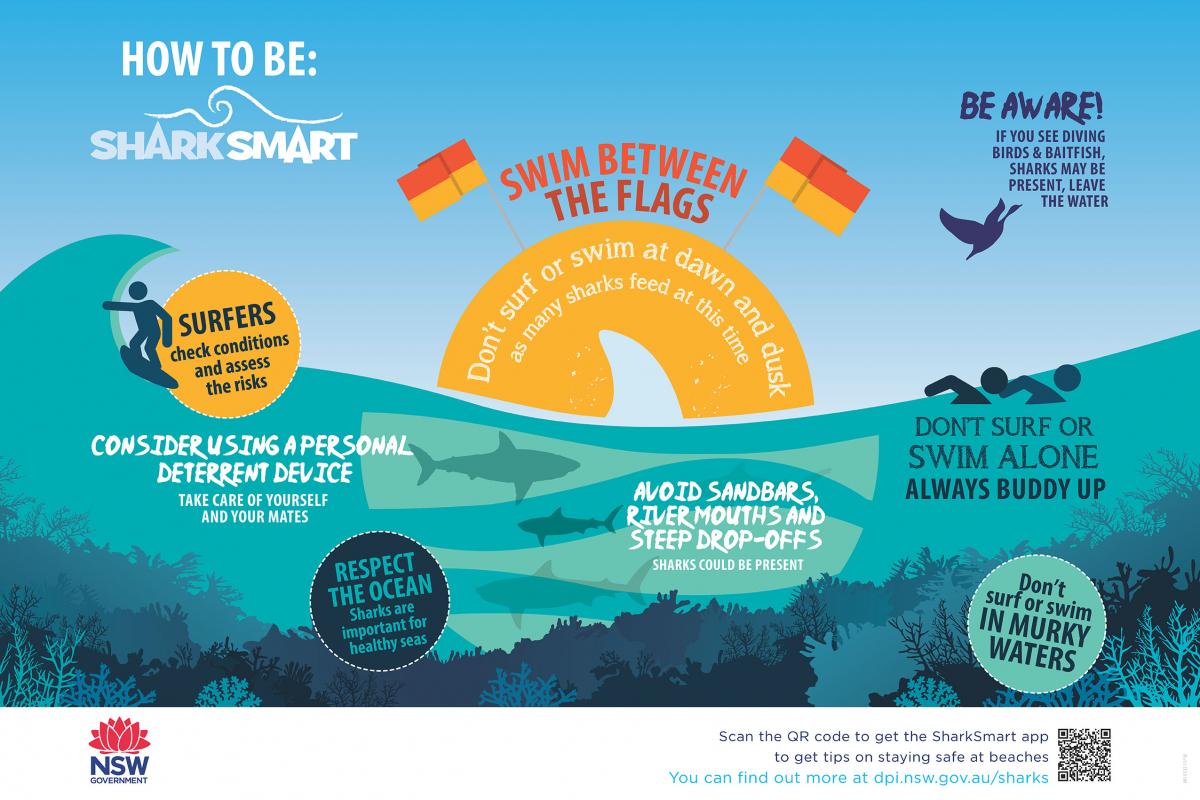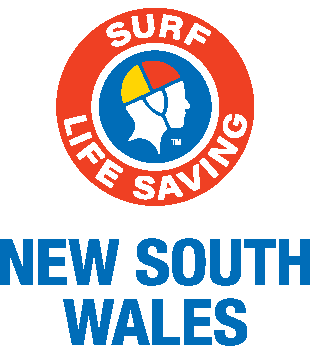Beachgoers in NSW are encouraged to be aware of the latest science and advice on sharks ahead of the summer school holidays, with a range of shark mitigation technology being used including SMART drumlines and aerial surveillance using helicopters and drones.
NSW Department of Primary Industries (DPI) is trialling an extensive array of shark mitigation technology this summer with the latest technology in the air, on the water and on the ground to reduce the risk of shark bites.
“NSW is leading the world in trials of SMART Drumlines, which are both a shark mitigation tool and a research tool, that reduce the risk of interactions with sharks while minimising the impact on marine species,” said DPI Deputy Director General Dr Geoff Allan.
“Each day up to 35 SMART drumlines are deployed on the North Coast between Lennox Head and Evans Head, weather dependent.
“We are also using detection technologies, including aerial surveillance using helicopters and drones to observe sharks, and monitoring tagged sharks through our network of 21 satellite linked listening stations (VR4G). When sharks are observed or detected, alerts are posted on our SharkSmart app and Twitter.
“Through our shark tagging program, which is estimated to be the largest in the world, we are continuing to increase our scientists’ knowledge about the movement and ecology of White, Tiger and Bull sharks.”
Dr Allan said comprehensive research undertaken as part of the Shark Management Strategy on community attitudes has found that a large majority of people believe swimmers and surfers must always take personal responsibility when entering the ocean and that they would prefer to coexist with sharks.
The DPI is also advising surfers to consider personal deterrents when surfing.
SLSNSW Chief Operating Officer, Phil Ayres said drones will assist lifeguards and lifesavers to spot any potential risks in the water as they happen at 19 beaches this summer including; Kingscliff, Main Beach Byron Bay, The Pass, Suffolk Park, Lennox Head, Sharpes Beach, Shelly Beach, Lighthouse Beach, Evans Head, Yamba, Coffs Harbour, Tacking Point, Birubi, Redhead, Avoca, Kiama, Mollymook, Pambula and Tathra.
“The safest place to swim at any beach is in between the red and yellow flags. We are continually working to reduce the risk for beachgoers, but we can never make it 100 per cent safe,” Mr Ayres said.
“Drones are life-saving technology, allowing lifesavers to spot the risk and get straight to work to assist in preventing a potential shark interaction or drowning which will improve water safety and reduce the number of preventable injuries and deaths in the water.”
SharkSmart Safety Tips
- Don’t swim at dawn or dusk as many sharks feed at this time
- Consider using a Personal Deterrent Device
- Swim between the flags: Don’t surf or swim alone – always buddy up
- Be aware if you see diving birds and baitfish, sharks may be present, leave the water
- Avoid sandbars, river mouths and steep drop-offs – sharks could be present
- Don’t swim or surf in murky waters
- Surfers: check conditions and assess the risks
- Respect the ocean – sharks are important for healthy seas
Further information about sharks can be found at the Department’s website www.dpi.nsw.gov.au/fishing/sharks/

Thursday 20 December 2018


